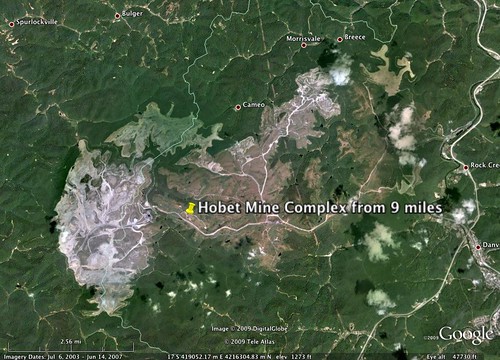For the last several months CCAN has been actively involved with a new national alliance of climate, religious, environmental, labor, public interest and community-based groups. It was formed after the passage of the cap-and-trade, Waxman-Markey climate legislation in the House of Representatives last June to advocate for “solutions to climate change that withstand the reality check of the best scientific evidence, the precautionary principle, the values of fairness and justice, the polluter pays principle, and the need for U.S. policies to be consistent with robust international responses.”
The CRC alliance’s statement of purpose went on to say:
“We are committed to speaking out about these failures of leadership, supporting real progress from elected officials and regulatory agencies, and doing all we can to change our country’s political response until it is consistent with environmental justice and the reality of what is needed to avoid potentially catastrophic climate change and energy impacts.
“Our groups have a variety of strengths, and we believe that by working together, we can leverage these strengths to contribute to a broader movement for climate justice and true climate and energy solutions.”
One of CRC’s first actions was to organize an open letter to Senator Barbara Boxer and others in the Senate in late August, 2009 signed by close to 400 organizations. It called for Senate legislation on climate much stronger than Waxman-Markey, legislation that “provides the transformational change and greenhouse emissions reductions required to avert catastrophic climate impacts.”
In mid-July of 2010 CRC coordinated a July-August “No More Oil Spills” month of action, which included a demonstration on the three month anniversary of the BP Gulf disaster by about 150 people on Capitol Hill. CCAN played a major role in this action.
About 25 organizations have joined so far, with an outreach campaign to enlist additional groups about to be launched. Some of the member groups include: Friends of the Earth, Center for Biological Diversity, 350.org, Church World Service, Friends Committee on National Legislation, Greenpeace, Labor Network for Sustainability and Public Citizen.
The coalition has established several active committees to advance its work. It meets weekly via national conference calls. It is an important new development and shows every indication that it will be a growing and increasingly visible part of the climate movement next year and in coming years.
For more information go to http://www.climaterealitycheck.org.



 One hundred and forty brave climate activists left New York City’s Central Park on Saturday September 26th with the idea of wheeling down to Congress with a message: Fix the climate now! By the time I caught up with the group on Tuesday night just north of Baltimore, the cyclists had already ridden through rain, hail, headwinds and punishing crosswinds. “I was literally riding at a severe angle, my bike tilted toward the ground,” said one participant from Northern Virginia, describing his trek across Pennsylvania.
One hundred and forty brave climate activists left New York City’s Central Park on Saturday September 26th with the idea of wheeling down to Congress with a message: Fix the climate now! By the time I caught up with the group on Tuesday night just north of Baltimore, the cyclists had already ridden through rain, hail, headwinds and punishing crosswinds. “I was literally riding at a severe angle, my bike tilted toward the ground,” said one participant from Northern Virginia, describing his trek across Pennsylvania.